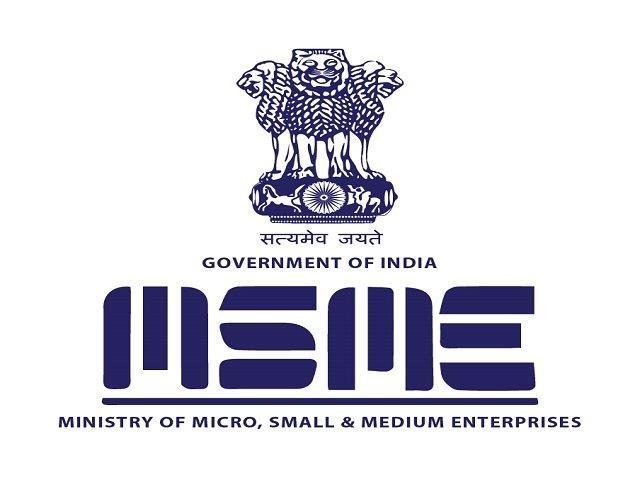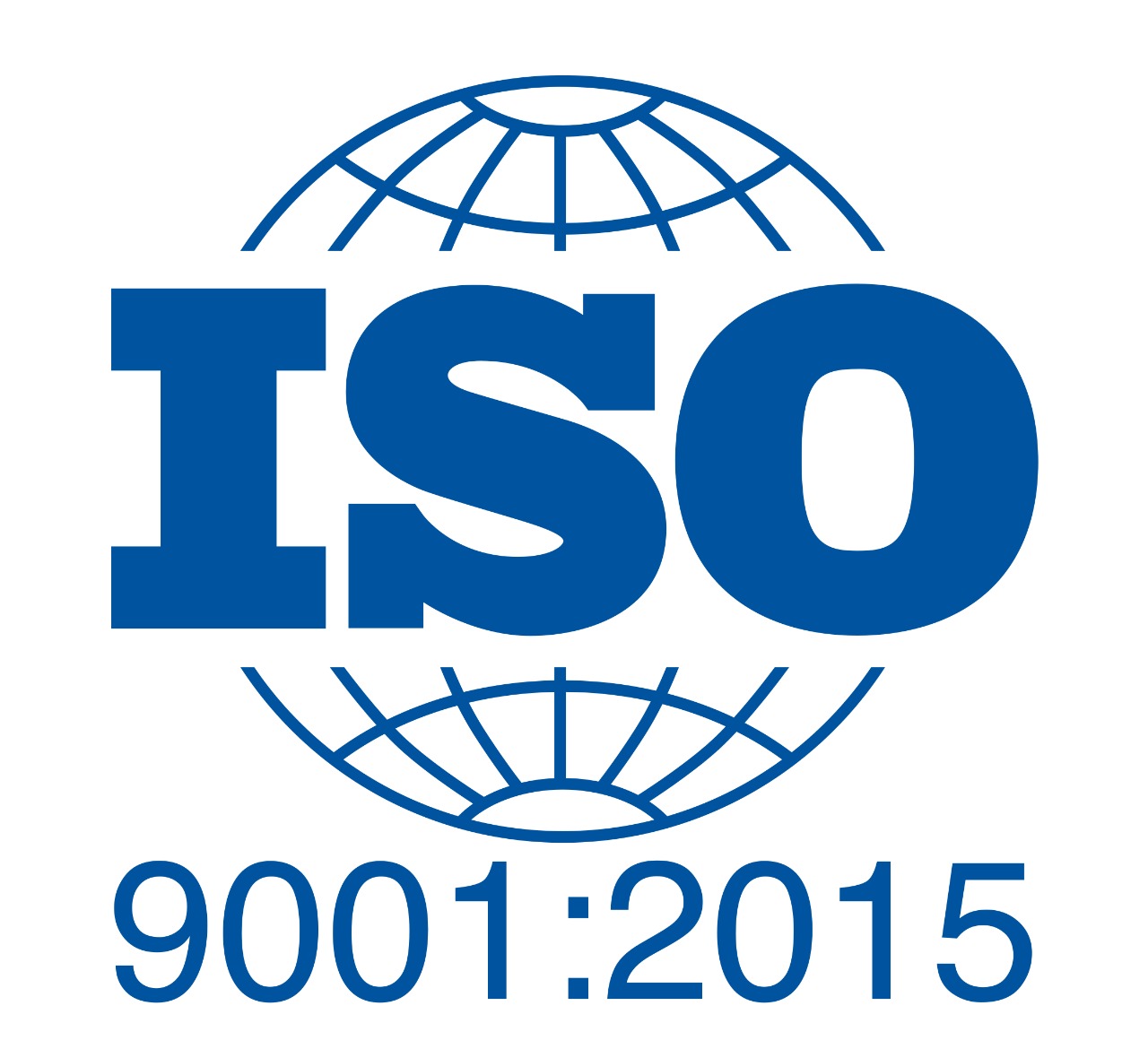
One side we got landmark news to boost the bilateral trade and shipping industry when a ferry service between India and Maldives and on the other side, we have a shocking news about sea freight rates witnessed the highest ever rise of 60 per cent by which trade on both sides (imports and exports) is badly impacted. And it went even more worse when the exporters faced a massive shortage of containers due to lower imports over the last few months. The situation saw adverse impact on some specific industries like engineering, auto components, chemicals and pharma. The clearance of shipments currently takes 15-20 days as against nearly a week earlier. This situation made several trade bodies urged the centre to set up a regulator to deal with the rising freight charges.
Satish Lakkarraju, Chief Commercial Officer, Agility, shared, “The impact which has begun, will be seen much more in the coming days. We all know that shipping impact is like a ripple effect and the real impact will be surely felt over a period of time. I can speak clearly from a freight forwarders angle because we are seeing huge shortage of equipment and massive increase in freight rates. The Pressure from the customer is extremely high to complete the contractual obligations at one end and at the other end the employees have to work much longer as they have to fight for every container now.”
Giving an overall perspective, Federation of Indian Export Organisations (FIEO) President Sharad Kumar Saraf, said, “Exports are affected more by sea freight, in which there is a 60pc increase in rates for main European ports over the last six months. Similarly freight rates to Latin American ports have increased by 50pc and for the US, it is being increased regularly since February. This is an unprecedented increase and a clear indication of a monopolistic and unfair trade practice.”
Manav Sachdeva, CEO, Sky Logitrans Pvt Ltd, said, “The acute space problem over the past few weeks was the result of increased demand, reduced imports and port rotation issues. Vessels which were idling during the corona-lockdown were re-routed to more profitable trades on the transpacific, leading to supply and demand gaps for major intra-Asia trading routes. This is predicted to be continued for some time, seeing the current situation.” Sounding similar, Lakharraju said, “The Shippers and Consignees will have to really look at forecasting better as we do not expect things to really ease immediately and it will be difficult to predict under current scenario were shipping lines continue with blank sailings.”





